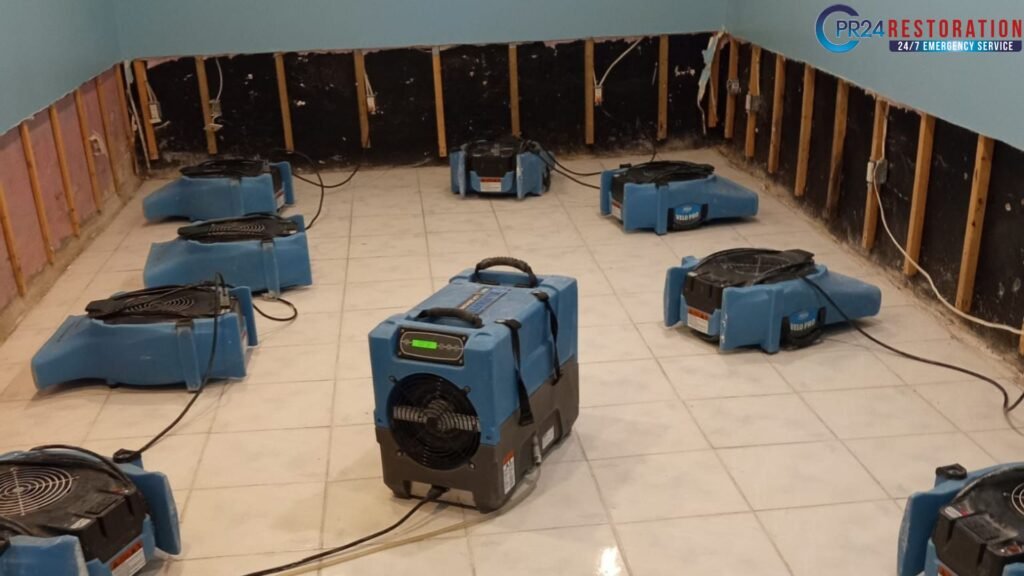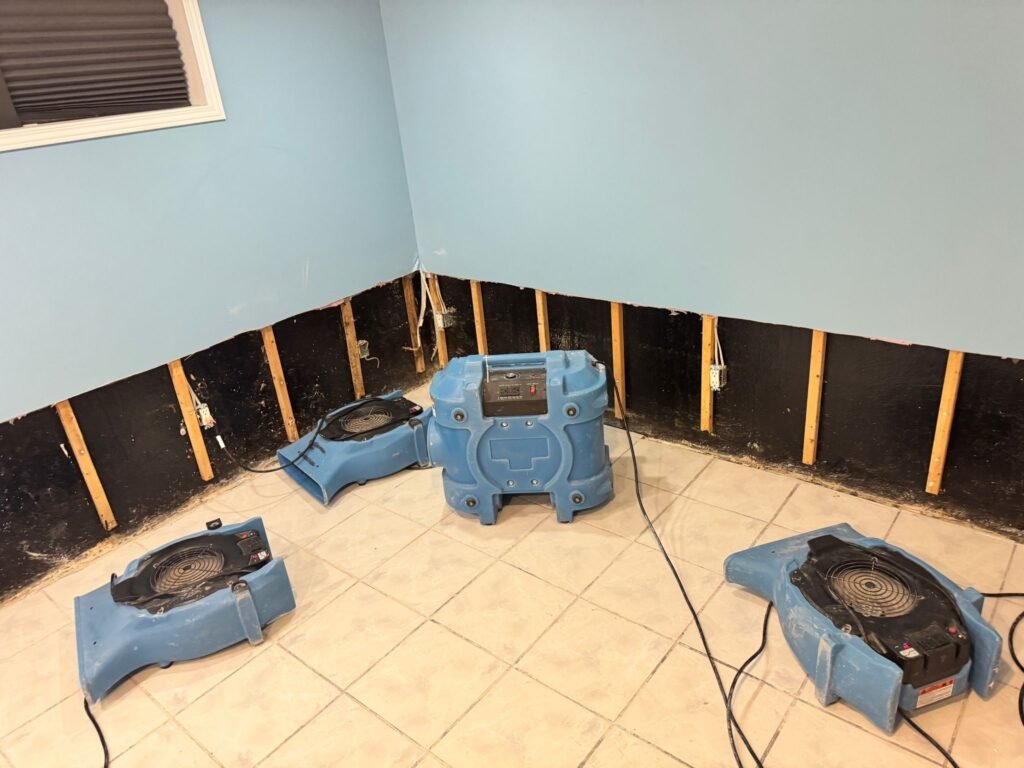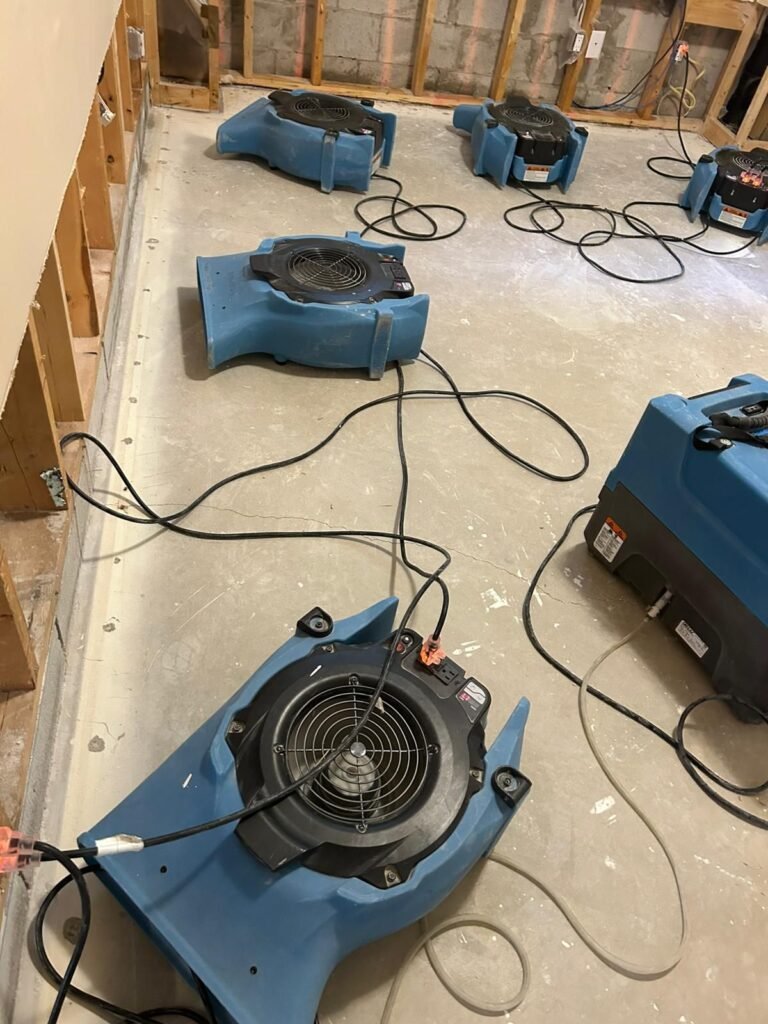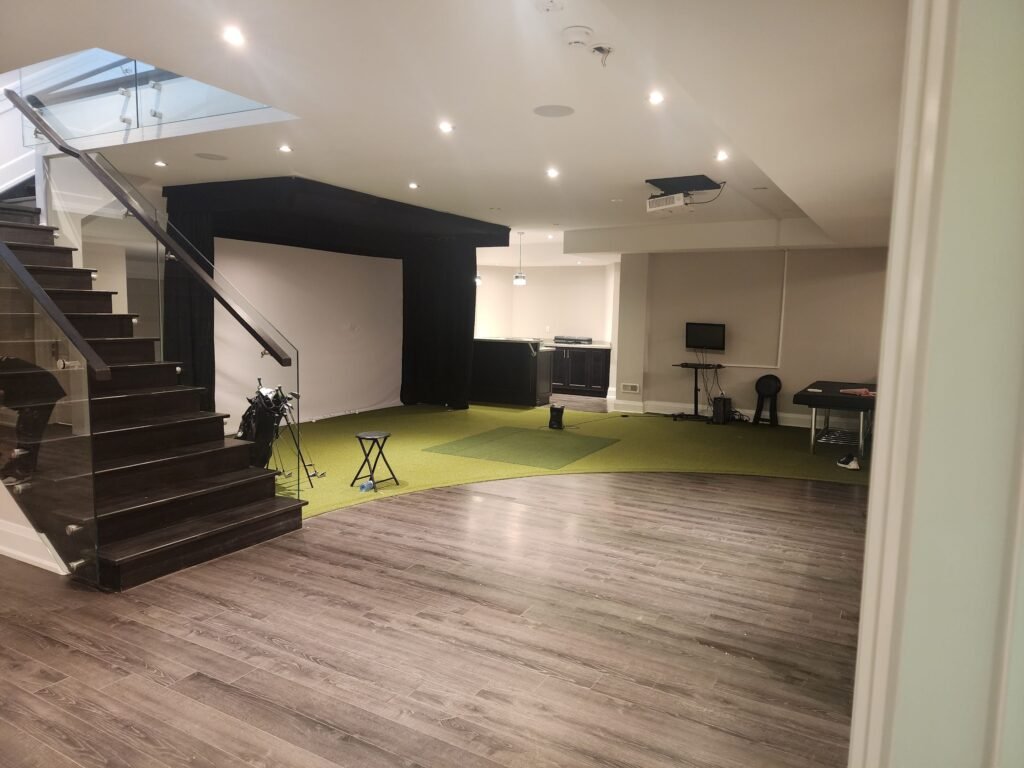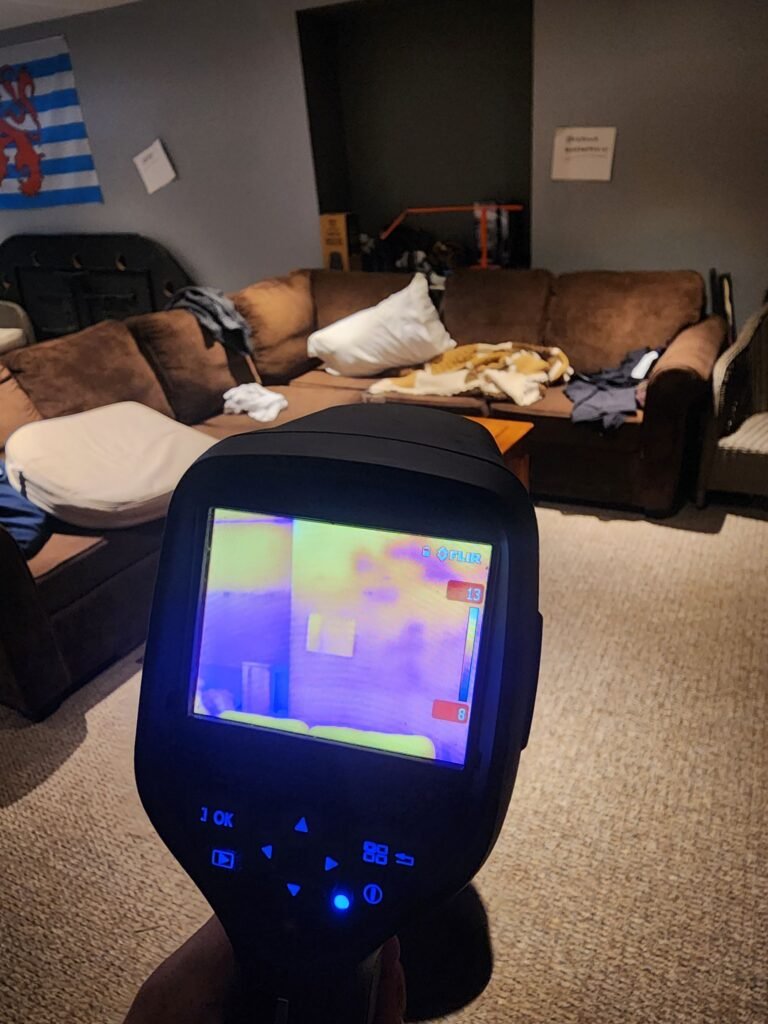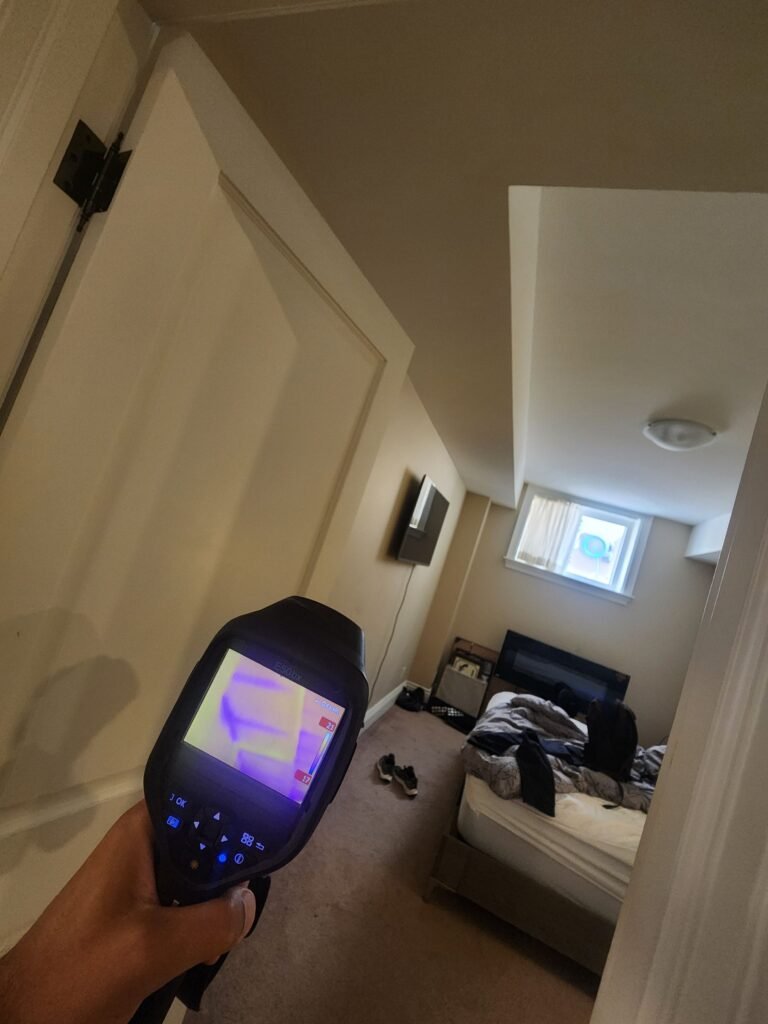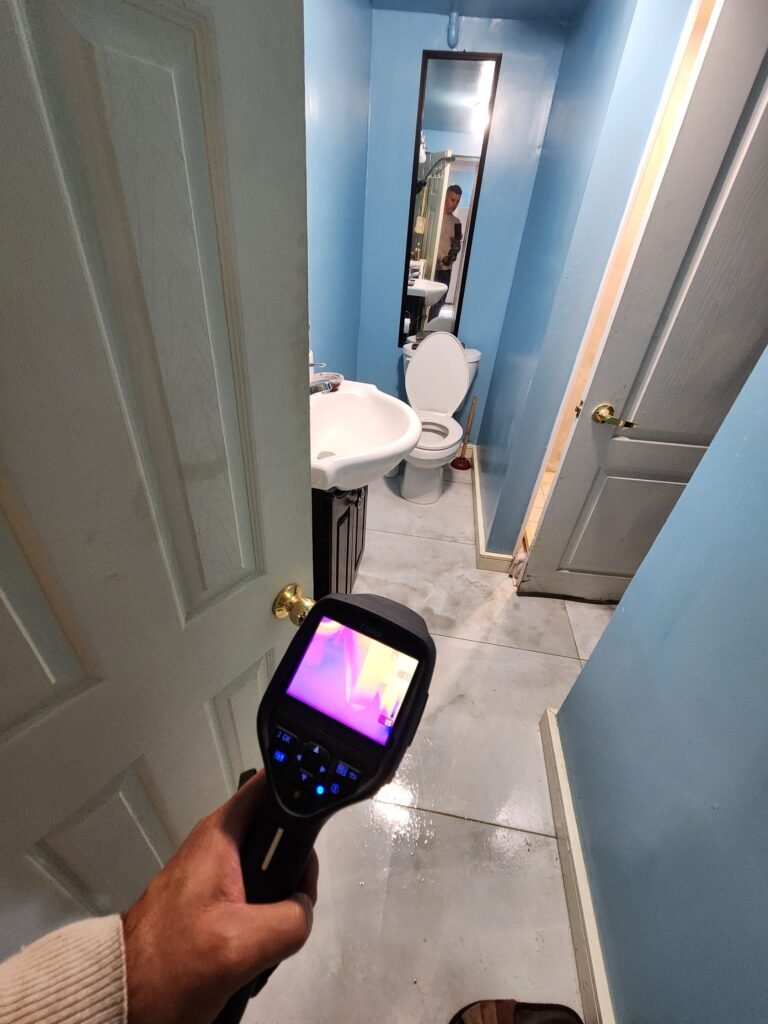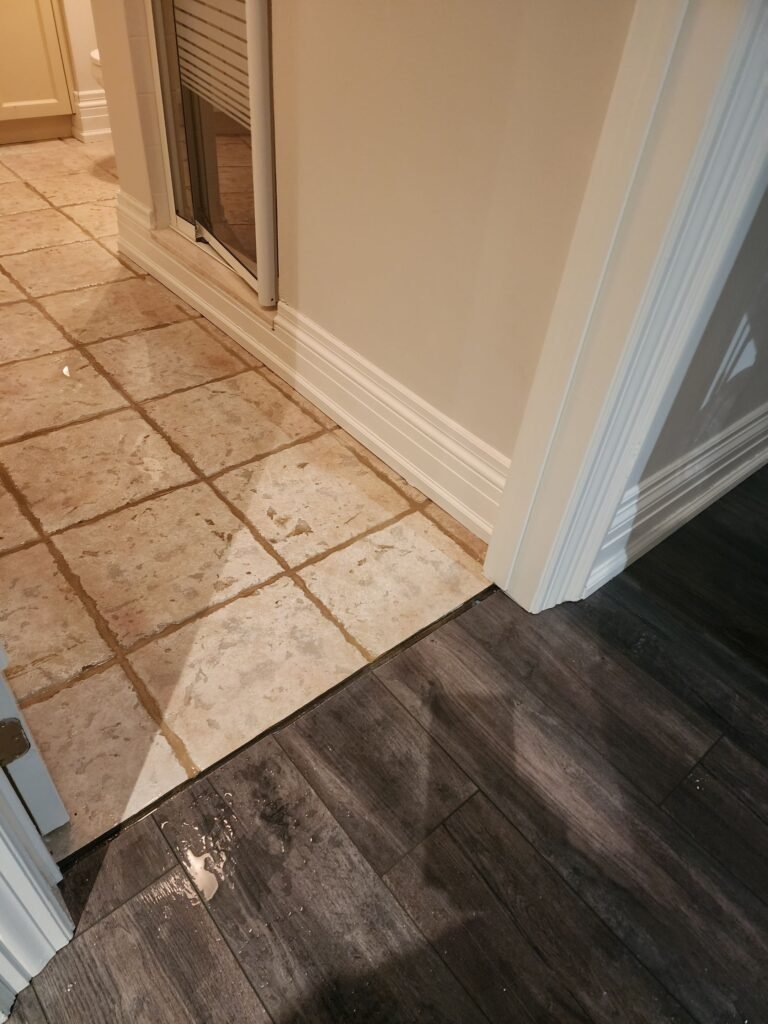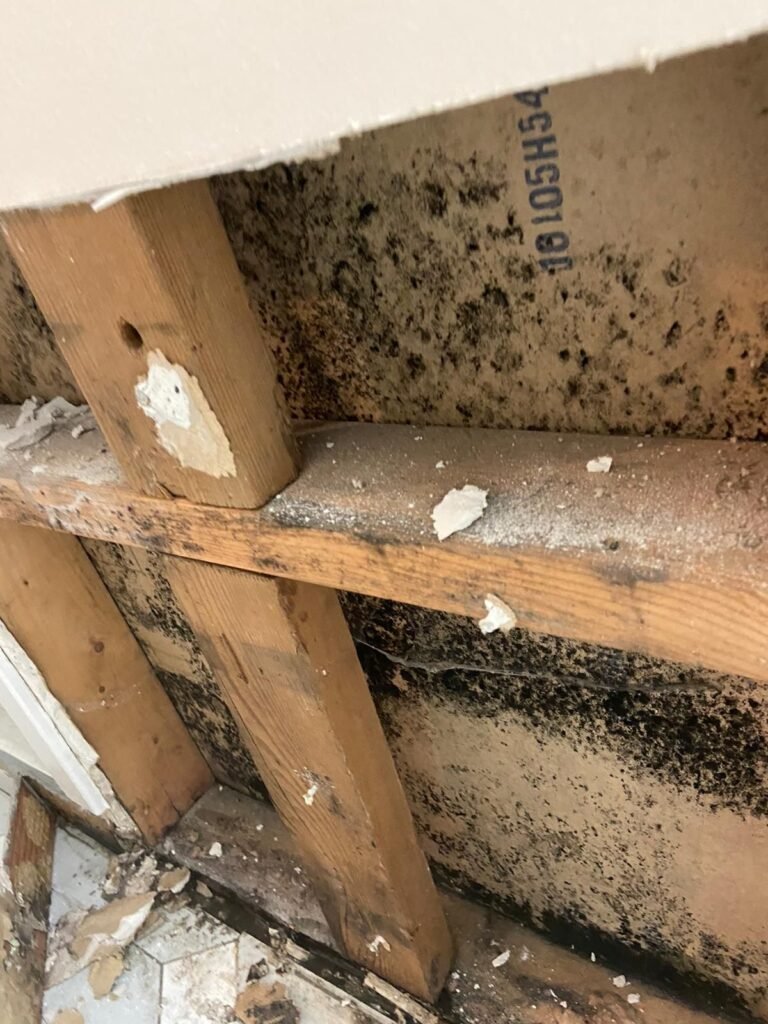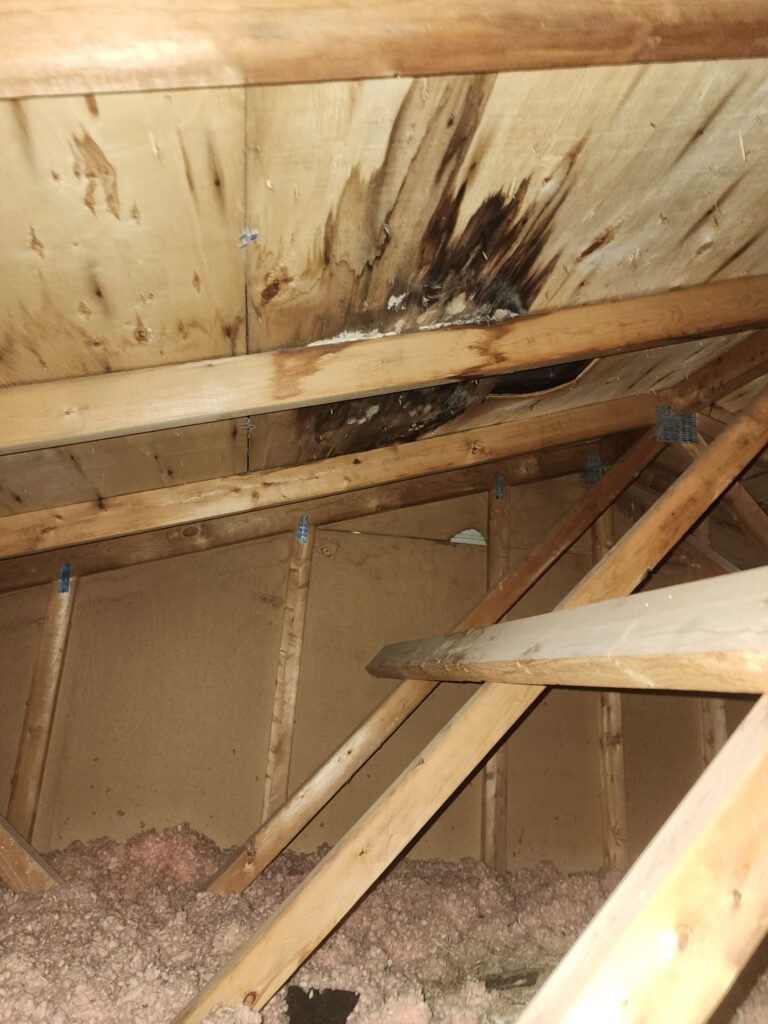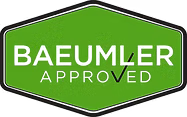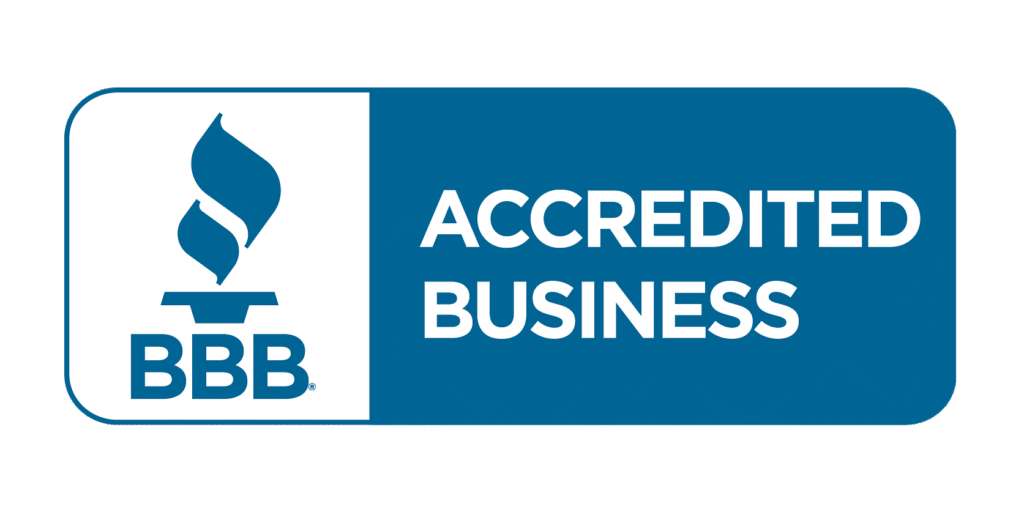Cost of Drywall Repair Toronto After Water Damage
If you’re looking for drywall repair in Toronto, the cost to repair water-damaged drywall can range from $10 for small fixes to over $1,500 for major restoration work. Many homeowners feel overwhelmed by these price variations, especially when they face unexpected water issues in their homes. Your budget could take a substantial hit from water damage repair costs. The national average stands at $3,291 for water damage restoration. Drywall replacement costs between $2 and $6 for each square foot. Professional restoration services usually cost between $1,300 and $5,600. Mold growth becomes more likely the longer you wait to fix water-damaged drywall, which leads to more complications and higher costs. We’ll explore every factor that affects your Toronto drywall repair costs after water damage. You’ll learn whether a DIY approach might work for your situation and when you should call the professionals instead. Our breakdown will help you estimate repair costs accurately and make smart decisions about your home repairs. Understanding Water Damage in Drywall Water damages drywall faster than you might think. High humidity affects its structure over time. The porous nature of drywall lets moisture damage it easily. This can lead to costly repairs if you don’t fix it fast. What causes water damage in drywall? Plumbing leaks cause most drywall water damage. Hidden leaks form inside walls because of deteriorating pipes, burst plumbing, or shifting property structures. Water seeps from above into ceilings and walls because of roof problems like damaged shingles, faulty flashing, or clogged gutters. Bathrooms and kitchens don’t deal exceptionally well with poor ventilation that creates condensation on wall surfaces. The porous drywall absorbs moisture if there’s no proper airflow. Natural disasters, plumbing failures, and broken appliances like dishwashers, washing machines, and water heaters can also destroy drywall’s integrity. Signs your drywall has water damage You can save money on Toronto drywall installation and repairs by spotting water damage early. Look out for these warning signs: Why water-damaged drywall needs urgent repair Wet drywall loses its strength fast and becomes soft and weak. Affected walls start sagging, making your home unsafe. Quick water damage repairs stop these structural problems from getting worse. Wet drywall creates perfect conditions for mold that can start growing within 24-48 hours after getting wet. This can be dangerous to your family’s health by causing breathing problems, allergies, and other health issues. Small drywall repairs can become much more expensive if you wait too long. Water damage spreads to bigger areas and causes other problems. You need to act quickly. Water-damaged drywall that stays wet for several days needs major water damage repairs. This includes any insulation behind it. Cost Breakdown of Drywall Repair After Water Damage Water-damaged drywall repairs can be expensive. The costs depend on damage severity and location. Knowing these costs ahead of time helps homeowners budget their restoration projects better. Average drywall repair cost in 2025 The national average for drywall repair in 2025 is CAD 848.56. Most homeowners spend between CAD 409.65 and CAD 1287.46 per repair. Repair costs can range from CAD 69.67 for simple fixes to thousands of dollars for extensive water damage. Simple repairs cost around CAD 487.68, while complete water damage restoration can cost CAD 2786.72 or more. Toronto drywall repair cost per square foot Professional contractors charge CAD 69.67 to CAD 139.34 per square foot for small drywall repairs. The rates change based on how complex the project is. Water-damaged ceiling repairs cost between CAD 62.70 and CAD 76.63 per square foot, including labor and materials. Contractors often lower their rates for larger projects that cover multiple rooms because of economies of scale. Water damage ceiling repair cost Ceiling repairs cost more than wall repairs because they need special equipment and are harder to access. To repair drywall ceiling, this can cost between CAD 696.68 to CAD 3483.40. Small ceiling drywall patch repair cost CAD 278.67 to CAD 696.68. A complete ceiling restoration after major water damage can cost up to CAD 2090.04. Material vs. labour cost comparison Labour makes up much of the repair expenses – about 50% to 70% of total costs. Professional drywall contractors charge CAD 83.60 to CAD 209.00 per hour. Some handypersons charge less, around CAD 83.60 to CAD 125.40 per hour. Materials have their own price range. Drywall sheets cost CAD 13.93 to CAD 27.87 each. Additional supplies include joint compound for CAD 6.97 per gallon. Drywall tape costs CAD 13.93 per roll. Paint ranges from CAD 27.87 to CAD 55.73 per gallon. Contractors set a minimum service fee of CAD 174.17 to CAD 278.67, regardless of the project size. Types of Water Damage and Their Repair Costs Water damage affects drywall in different ways, and repair costs change based on the damage type and severity. Each case needs its own approach and budget planning. Minor surface damage Small stains or damp spots are signs of minor water damage. Repairs cost between CAD 200 and CAD 557.34 and take about a day to fix. Professional contractors charge CAD 69.67 to CAD 111.47 per square foot for small, localized patches. These repairs need simple patching and repainting instead of replacing the entire wall. Soaked drywall panels Drywall that’s completely soaked needs full replacement. The cost to replace multiple panels runs CAD 696.68 to CAD 1254.02, and the job takes 1-2 days. Materials with heavy saturation cost CAD 2.09 to CAD 4.88 per square foot based on the finish quality needed. Mold-infested drywall Mold creates the most expensive repair scenario. Professional removal costs average CAD 3100.23 and range from CAD 2090.04 to CAD 12540.24, with most jobs around CAD 4876.76. Small mold problems cost CAD 696.68 to CAD 1393.36, but large infestations can reach CAD 41800.81. The price tag for replacing moldy drywall runs CAD 1393.36 to CAD 16720.32. Ceiling vs. wall water damage Ceiling repairs cost more than walls because they’re trickier and need extra safety measures. The price for ceiling repair ranges from CAD 627.01 to CAD 2229.38 and takes 2-3 days. Wall repairs cost less, between CAD 418.01 and CAD 1184.36. Structural damage behind drywall Deep water penetration that affects structural elements leads to higher costs. Complete wall replacement starts at CAD 1393.36+ and needs 3-4 days. Wet insulation replacement costs can vary. For fiberglass, it costs CAD 0.70 to CAD 1.39 per square foot.

